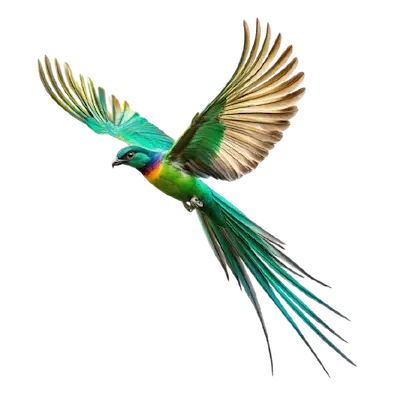If you’ve ever seen a mobile pet grooming van parked in your neighborhood, you might’ve wondered:
“Where do mobile groomers get water from?”
And just as important:
“Where does all that dirty water go?”
Great questions. Because mobile grooming isn’t just about shampoo and shears — it’s also about safety, cleanliness, and following environmental laws.
Let’s break it down
Where Do Mobile Groomers Get Their Water?
Mobile pet groomers usually come fully prepared.
That means
- A freshwater tank inside the van
- A power source (typically a generator)
- The tools and products they need to clean your dog from nose to tail
Most mobile grooming units have onboard tanks that carry enough clean water for several appointments.
Pro Tip: In some cases, they might ask to use your outdoor hose to refill their tank—especially on hot days or during long service routes.
But What About the Dirty Water?
Here’s where it gets serious.
Used grooming water = wastewater. And where it ends up matters a lot.
The used water often contains
- Soap (yes, even biodegradable soaps!)
- Pet fur
- Flea/tick treatments
- Dirt and debris
If that water enters the storm drain, it flows directly into creeks, rivers, and the ocean — untreated.
That means even “natural” or “eco-friendly” shampoos can harm fish and wildlife.
So discharging it into a street, gutter, or parking lot? Totally illegal.
Storm Drain vs. Sanitary Sewer: Know the Difference
Let’s clear this up:
Storm Drain:
Handles rainwater only. It leads straight to natural water bodies with zero treatment.
Sanitary Sewer:
Handles used water from sinks, toilets, and yes — mobile grooming wastewater (if done right). This water is treated before release.
If you’re not sure what kind of outdoor drain you’re looking at… Assume it’s a storm drain and don’t use it.
Best Practices for Mobile Groomers
Mobile groomers need to follow these key steps:
- Store all cleaning agents safely inside the van.
- Filter out fur and solids before disposing of wastewater (to avoid clogging sewer systems).
- Collect dirty water in a tank onboard, then empty it later at a facility or designated location.
- Use a utility sink, mop sink, or toilet (with permission) for disposal — never the landscape or parking lot.
In some areas, a discharge permit may be required for releasing wastewater into the sewer system. Always check with your local wastewater authority.
Be Spill-Ready
Things can go wrong. That’s why mobile groomers should:
- Have a written spill response plan
- Train staff yearly on spill cleanup and stormwater laws
- Carry spill kits and Safety Data Sheets (SDS) for all products
Because protecting pets should also mean protecting the planet.
Groom Room: The Best Mobile Pet Groomers in Abu Dhabi
Looking for mobile pet groomers who care about your dog AND the environment? Say hello to Groom Room, the best mobile pet groomers in Abu Dhabi.
Their fully equipped grooming vans come with:
- Freshwater tanks
- Onboard waste collection
- Certified pet groomers trained in eco-safe grooming
- Proper wastewater disposal practices that follow local regulations
Whether you’re in downtown Abu Dhabi or the suburbs, Groom Room brings professional grooming right to your door — with no mess left behind.
Bottom line: Groom Room doesn’t just groom pets — they groom responsibly.
Final Takeaway
Mobile groomers get their water from onboard tanks (and sometimes your hose), and they’re legally required to dispose of dirty water the right way — into the sanitary sewer, not the storm drain.
When in doubt? Choose mobile groomers who follow the rules and care for the planet.
Choose Groom Room. Your pet — and the environment — will thank you.

